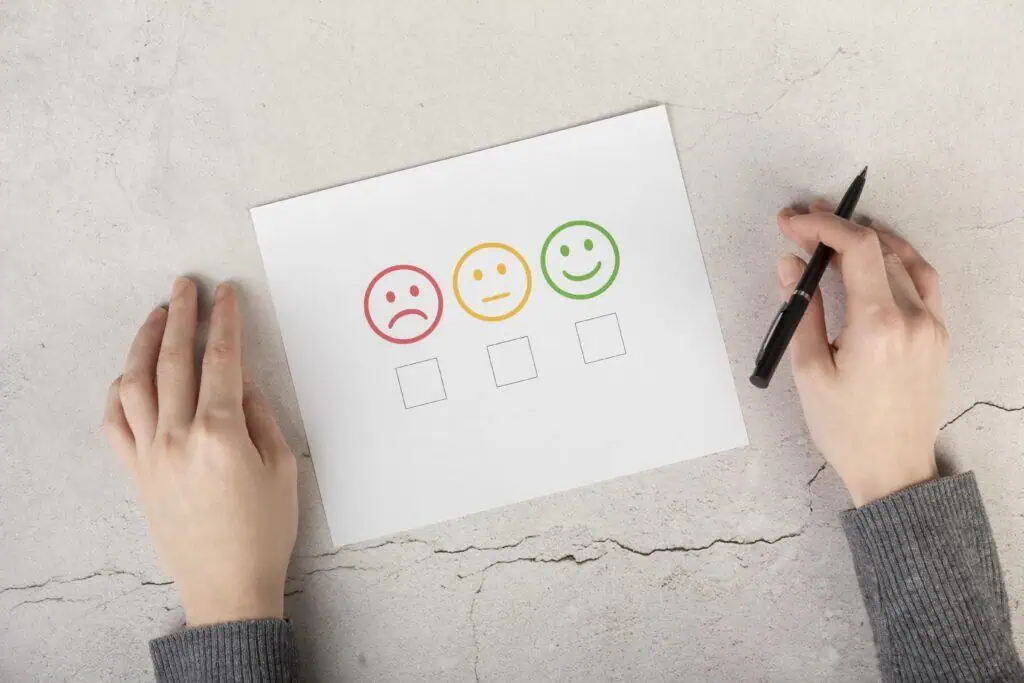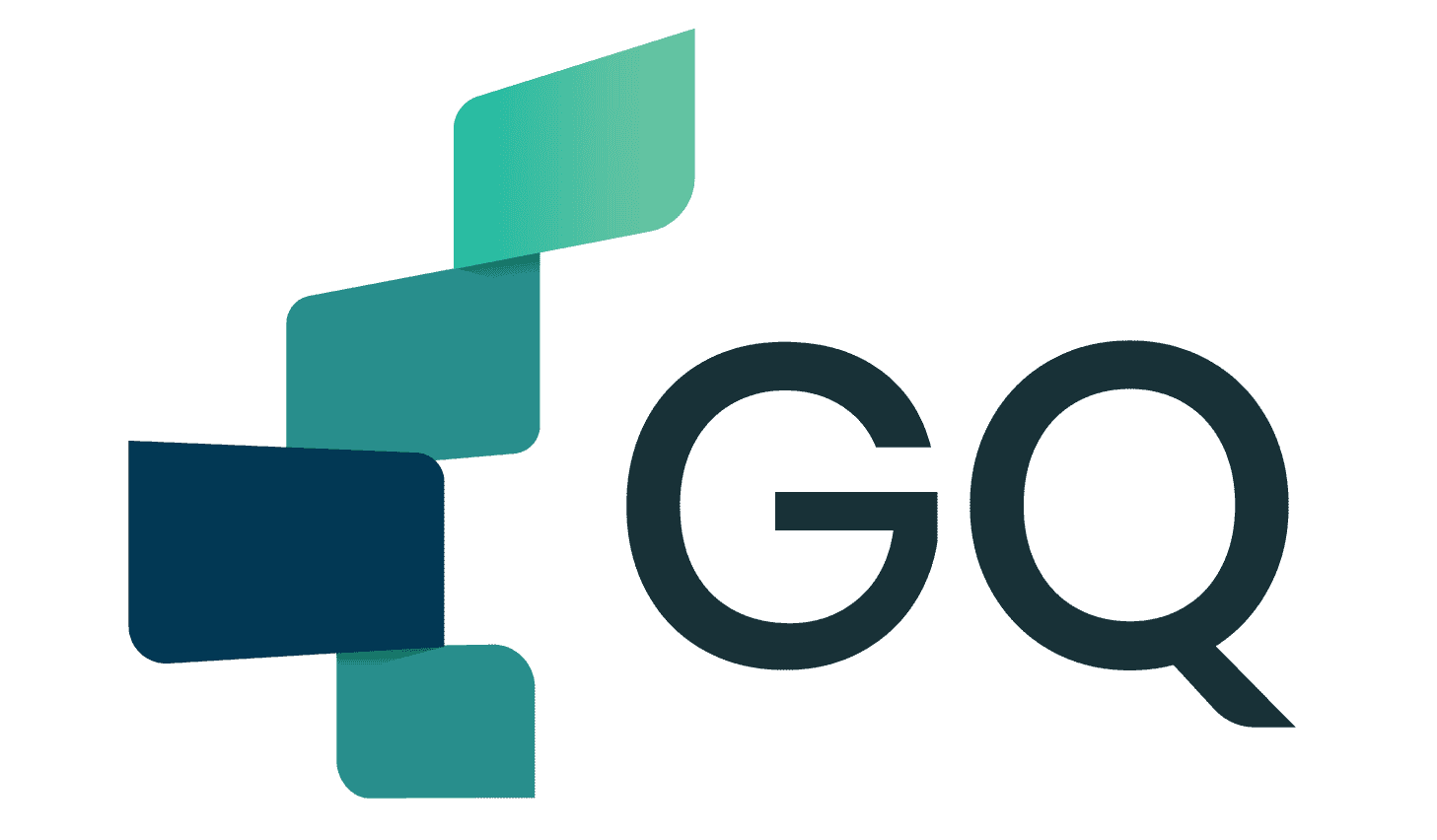
- How to Conduct a Gemba Visit
- Customer Segments Table – Example for a Flashlight
- Defining Customer Needs
- Example of Customer Voice Table
The first step is to capture the voice of the customer (VOC). Common sources can include sales and technical trip reports, warranty claims, user support forums or help lines, and social media. Among the well-known market research methods available, surveys and focus groups can be useful for validating what an organization already presumes to know about customer needs.
Questionnaires can help capture new information an organization knows to exist and specifically seeks. These methods are scripted by the organization and typically address questions about a product or service.
In contrast, customer gemba visits are unique to QFD. A gemba visit involves listening to and observing customers while they are using a product or service to determine what they are doing (or failing to do). During these moments, organizations can uncover information that they did not even know existed and would not know to seek.
How to Conduct a Gemba Visit
- Select which customers are most important to visit. List each segment in one row of a customer segments table, as shown in the table below.
- Define the conditions of the visit. You want to be present at the most stressful time for the customer. After all, if your product or service does not help solve your customers’ most urgent needs, why would they purchase it?
- Capture what you learn.
| Who is customer | What are they doing (or failing to do) | When | Where | Why | How | What is the current solution |
|---|---|---|---|---|---|---|
| Scout | Camp out | Night | Campsite | Walk to latrine | Walk on unlit patch | Handheld flashlight |
| Homeowner | See during power failure | Night | Basement | See in dark, check circuit | Hold in hand, set on surface | Handheld flashlight |
How to Translate VOC into Customer Needs
Customers do not always explain their needs completely and accurately. In fact, often they speak about whatfeatures they want for a product or service. To be innovative, an organization needs to know why customers want certain features. Understanding customer needs at this level enables an organization to develop new solutions before its competitors can.
Voice of the customer information gathered from market research methods, gemba visits, or other means should therefore be restated into customer needs. Use a customer voice table and follow these steps to translate VOC into needs:
Document each VOC statement and the situation or context in which it was made.
Ask customers to try to restate their input in terms of their needs. Features, especially, should be translated into needs. It is not uncommon to derive as many as five to ten needs from one VOC statement. Unspoken needs will emerge.
Have customers prioritize their needs. For accurate ratio scale priorities that can be properly used in later QFD matrices, the analytic hierarchy process (AHP)should be used.
Defining Customer Needs
In QFD, information that meets the following criteria can be considered to express a true customer need:
- Defines the benefit customers receive from
- their problems solved
- their opportunities enabled
- their image enhanced
- Is positively stated
- Focuses on a single issue
- Is independent of specific products or services, features, and technologies
Once customers have prioritized their needs, the QFD team can work on identifying product features that will have the greatest impact. In this example, if “I can see around my feet” has the highest priority for the flashlight, then it might make sense to add a second bulb that points downward and has a focal length for a five-foot-tall scout.
| Situation | VOC | Restated as customer need |
|---|---|---|
| Scout leaving tent at night | Ouch, I stubbed my toe on tree root! | I can see around my feet and where I'm going now. |
| Scout leaving tent at night | Which path do I take? | I can see where I want to go, the distance and others approaching me. |
| Homeowner checking circuits during power failure | Flashlight shouldn't roll after I set it down. | I can see even if I'm using both of my hands. |
Download our e-book
Download our free e-book to discover how GQ Interim can transform your business with expert leadership solutions!
Conclusion
The Voice of the Customer (VOC) table is a foundational tool in quality function deployment, helping organizations move beyond assumptions and into actionable insight. By observing real-world behavior through methods like gemba visits and translating feedback into prioritized customer needs, teams can design solutions that truly resonate. When applied correctly, VOC-driven development doesn’t just improve products—it creates meaningful value, strengthens customer loyalty, and gives organizations a decisive edge in competitive markets.
Interested in Interim Expert?
Discover how interim management can dramatically increase the efficiency of your business. Get in touch with our team to learn how working with GQ Interim will improve your company.
- Get started within few days
- Database of 10 000+ consultants
- Solving crucial problems of your business
- Custom solutions for your business needs
- Proven results with measurable impact
Related articles

- A balanced scorecard example demonstrates how organizations can measure more than just financial performance. Developed by Robert Kaplan and David Norton, the balanced scorecard tracks goals across finance, customers, internal processes, and learning & growth. By aligning these perspectives, it ensures that daily operations support long-term strategy and sustainable growth.

- The Theory of Constraints (TOC) is a structured approach to improving organizational performance by focusing on the single most limiting factor—the constraint. Whether it’s a production bottleneck, market demand, or a sales conversion gap, TOC answers three core questions—what to change, to what to change, and how to cause the change—and drives continuous improvement through five disciplined steps: identify, exploit, subordinate, elevate, and repeat.

- Software quality assurance ensures that software consistently meets stakeholder needs by preventing defects and validating that products align with defined quality attributes (e.g., reliability, security, performance). Blending defect management practices with standards-based quality models like ISO/IEC 25010 helps teams plan, measure, and continuously improve quality throughout the lifecycle.

- During our jobs we meet very often with many symbols and shortcuts or abbreviations e.g. FMEA, PPAP, CC, SC etc. When I did my first internal audit at work I had to also check the implementation of CE marking. Previously I have done the research what is this CE marking to not be absolutely lost in this area. So what is it and how is itused?
